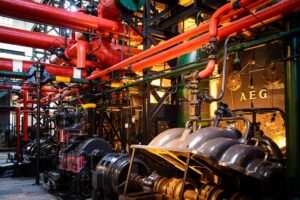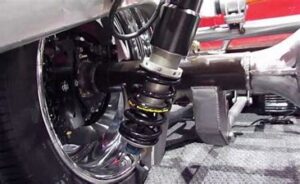Imagine you are driving your powerful Ford F350. Moreover, when all of a sudden, you find it difficult to turn the wheel or use the brakes. These annoying problems can be symptoms of a hydro-boost system issue with your truck. Your F350’s hydro-boost system makes it easier to brake and manoeuvre, especially while towing large weights.
We’ll explain what the Ford F350 hydro-boost system is in this article. As well as we will discuss typical Ford F350 hydroboost problems that you can have, such as obstinate brake pedals or odd noises coming from the steering wheel. Don’t worry; we’ll explain why these problems arise and provide you with easy fixes so that your F350 keeps running efficiently. So let’s get started and discover how to solve these hydroboost issues.
Table of Contents
Explain The Ford F350 Hydroboost System In Detail
Let’s first define the hydro-boost system and examine how it functions before delving into the Ford F350 hydroboost problems. The Ford F350 Hydroboost System functions as a particular assistant for the steering and brakes of your vehicle. Consider how challenging it would be to turn or stop a large truck’s large wheels. The Hydroboost System steps in to help with it.

It employs a unique fluid to make depressing the brake pedal and turning the wheel considerably simpler. This fluid makes turning and stopping the truck safer and less taxing on your muscles. Therefore, the Hydroboost System assists you by using this fluid to make the steering wheel and brake pedal feel lighter and easier to control when you press the brake pedal or turn the steering wheel.
Simply put, it’s like having a powerful friend assist you in controlling and braking a large truck, making driving safer and less exhausting. Understanding and maintaining this system is crucial since it can make stopping and steering more difficult if it has issues.
What Are The Ford F350 Hydroboost Problems?
Despite being a robust truck, the Ford F350 occasionally experiences issues with its “hydro-boost” system. This technology is crucial because it makes it easier for you to brake and manoeuvre your truck. You can experience some difficulties if there are problems with it.
1. Intense Brake Pedal:
Try pressing a really difficult button. Your brake pedal is like that tough button if it is extremely difficult to press. It may occur as a result of low fluid levels or issues with the brake booster.

2. Unstable Brake Pedal:
Now consider a sponge-like object in place of a button. It can be risky and sluggish to stop if your brake pedal feels soft or spongy. Your brakes may have air bubbles or the master cylinder may be malfunctioning as a result.
3. Leaks In Brake Fluid:
Think about your drink dripping from a leaky cup. Leaks of brake fluid are similar to that, but they harm your brakes. They take place when your brake system experiences damage.
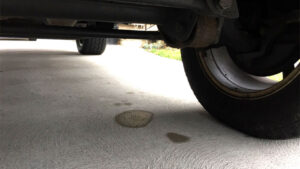
4. Noisy Steering:
Your steering wheel should turn smoothly, quietly, and without any noise. It may indicate low power steering fluid, a temperamental power steering pump, or air in the system if it makes strange noises like a sigh or whine.
5. Wheel Is Difficult To Turn:
Even with a large vehicle like the F350, turning the wheel should be simple. If you feel like you’re wrangling with a giant, there may be an issue with the hydro-boost or power steering pump.
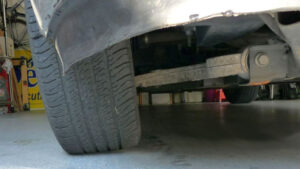
Typically, items like components of the hydro-boost system wear down over time and cause these issues. Problems can also be brought on by low fluid levels or air bubbles in the system. These issues can occasionally be caused by critical components failing, such as the master cylinder or power steering pump.
Common Causes Of The Ford F350 Hydroboost Issues
The hydro-boost system on the Ford F350 can occasionally malfunction, resulting in problems with braking and steering. Let’s look at the typical causes of these issues in a straightforward manner. Common root causes of Ford F350 hydroboost problems:
1. Wear And Tear:
The components inside the hydro-boost system might deteriorate over time, just like your favourite pair of shoes can. This occurs inevitably as your truck ages and accumulates miles. These components lose their effectiveness as they age, which might cause issues with your steering and brakes.
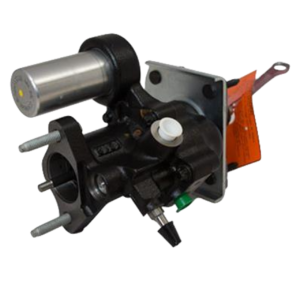
2. Fluid Levels:
The hydro-boost system might be compared to a thirsty plant. It needs sufficient fluid to function properly. The power steering and brake fluid levels may become low if you don’t keep an eye on them. Your hydro-boost system won’t operate as it should when this occurs, just like the thirsty plant wilting.
3. Air Between The Lines:
Have you ever attempted to inflate a balloon but before tying it up, unintentionally let some air out? It’s not a good thing when air enters the power steering and brake lines as well. Your brakes feel mushy and your steering can become noisy when there is air in the lines. Therefore, eliminating that air is necessary to keep everything in working order.
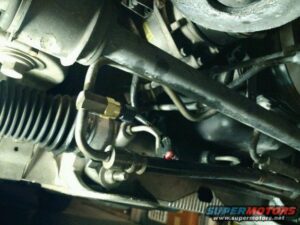
4. Component Errors:
Important components like the master cylinder, brake booster, and power steering pump are found inside the hydro-boost system. These components may occasionally stop functioning properly. When these parts malfunction, much like when a light bulb goes out, you need to replace or fix them to get your system running again.
Therefore, these are some common causes behind the Ford F350 hydroboost problems. Don’t panic! we’ll be seeing some easy steps to easily navigate from this situation.
Solutions To Fix The Ford F350 Hydroboost Issues: A Step-by-Step Guide
Although repairing Ford F350 hydro-boost difficulties may appear difficult, you can handle a lot of these problems on your own with the help of a step-by-step manual and some simple tools. A brief manual is provided below:
1. Brake Pedal Toughness:
Step 1: Inspect the reservoir’s power steering fluid level. Add the necessary amount of liquids to it if it is low.
Step 2: Check your brakes. If the issue doesn’t go away, a brake booster or master cylinder is probably to blame. In this situation, seek replacement advice from a qualified mechanic.
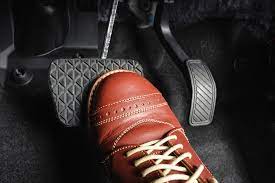
2. Bumpy Brake Pedal:
Step 1: To get rid of air bubbles, bleed the braking system in step one. For help with this, you’ll need a pal. On each brake calliper, find the brake bleeder valve by moving closer to the wheel that is furthest away. In order to stop the air from escaping, open the valve, ask your companion to depress the brake pedal, and then close the valve.
Step 2: Brake testing is step two. A bad master cylinder or brake hose may be at blame if the tires are still mushy. For further evaluation and replacement, speak with a mechanic.

3. Leaks In Brake Fluid:
Step 1: First, identify the leak’s source. Examine the brake lines, master cylinder, and hydro-boost unit for any obvious indications of damage or fluid seepage.
Step 2: If you identify the leak’s origin, fix or replace the harmed part. If you’re not sure of your abilities, it’s better to visit a mechanic as this can involve specialized equipment and knowledge.
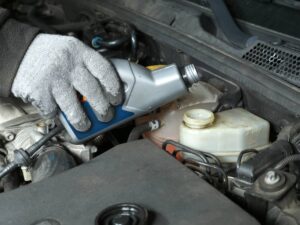
4. Power Steering That Is Noisy:
Step 1: Verify the reservoir’s level of power steering fluid. If it’s low, top it off.
Step 2: If the noise persists, there may be air in the system or a failed power steering pump. If necessary, ask for a repair to bleed the power steering system to remove air after inspecting the power steering pump.
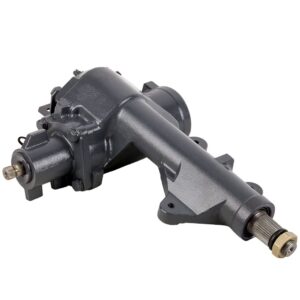
5. Steering Wheel Difficulty:
Step 1: Verify the reservoir’s level of power steering fluid. Add more if necessary.
Step 2: If the issue continues, consult a professional to examine the hydro-boost and power steering systems. They’ll be able to locate the problem and resolve it.
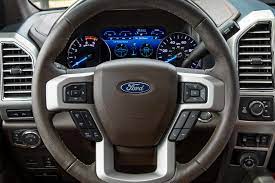
Therefore, always put safety first when performing maintenance or repairs on your car. It is important to get expert assistance if you are uncertain about any step or don’t have the required equipment or knowledge.
Conclusion:
A crucial element that improves your heavy-duty truck’s steering and braking performance is the Ford F350 hydro-boost system. But over time, just like any mechanical system, it can have issues. You can maintain the hydro-boost system in your F350 and ensure its safe and effective functioning on the road by being proactive and recognizing the frequent Ford F350 hydroboost problems, their causes, and the suggested solutions. Your Ford F350 will function well for years to come with routine maintenance and immediate attention to any issues.

